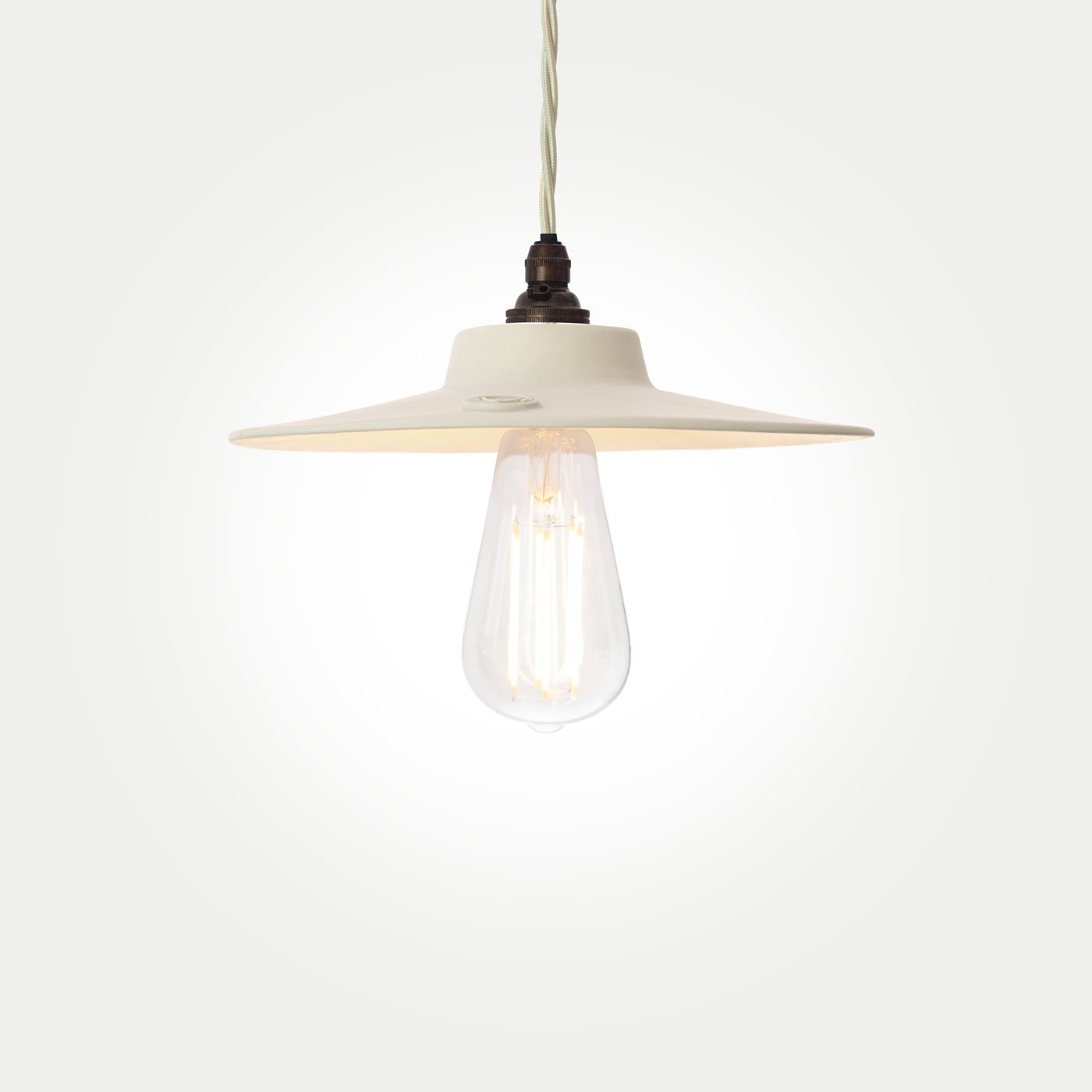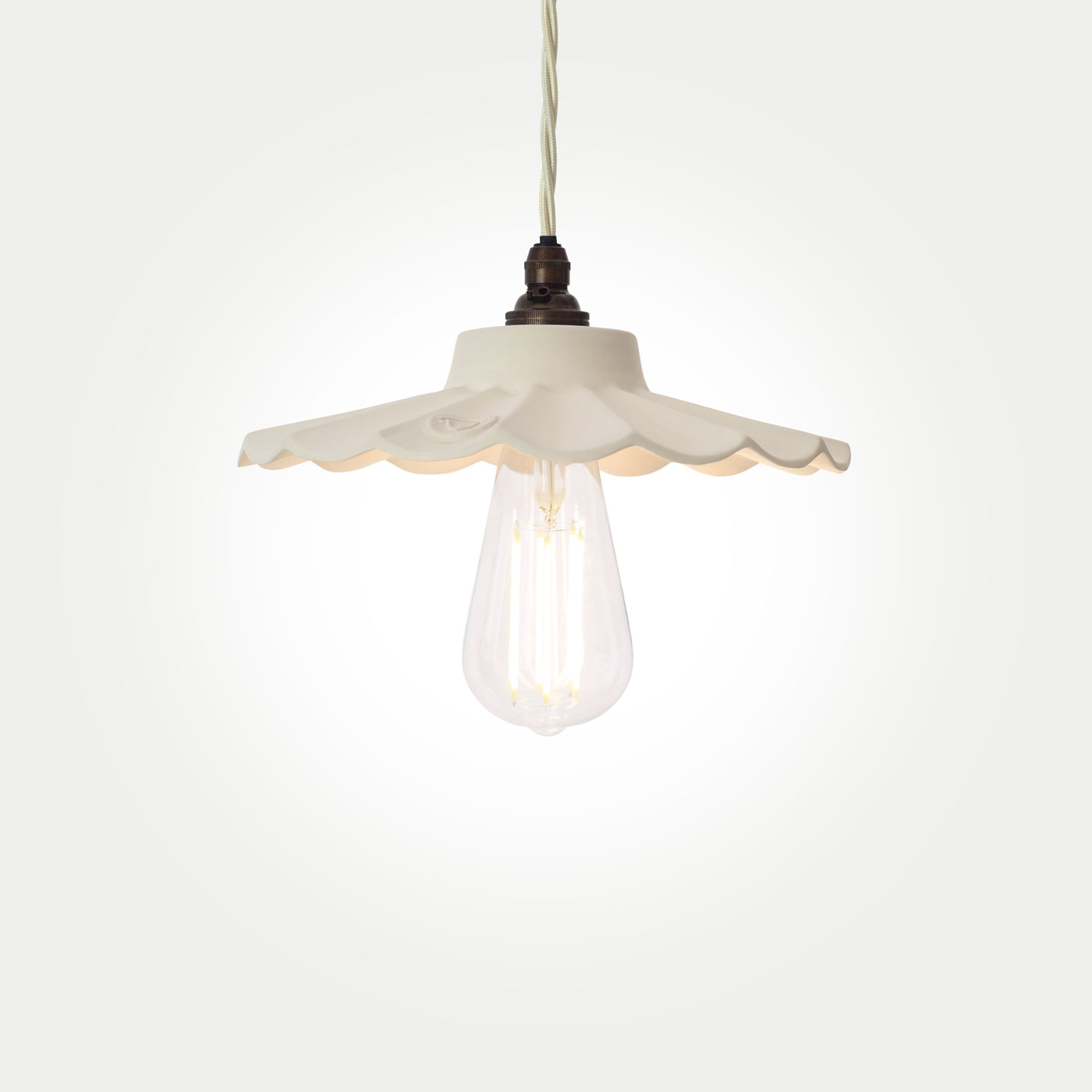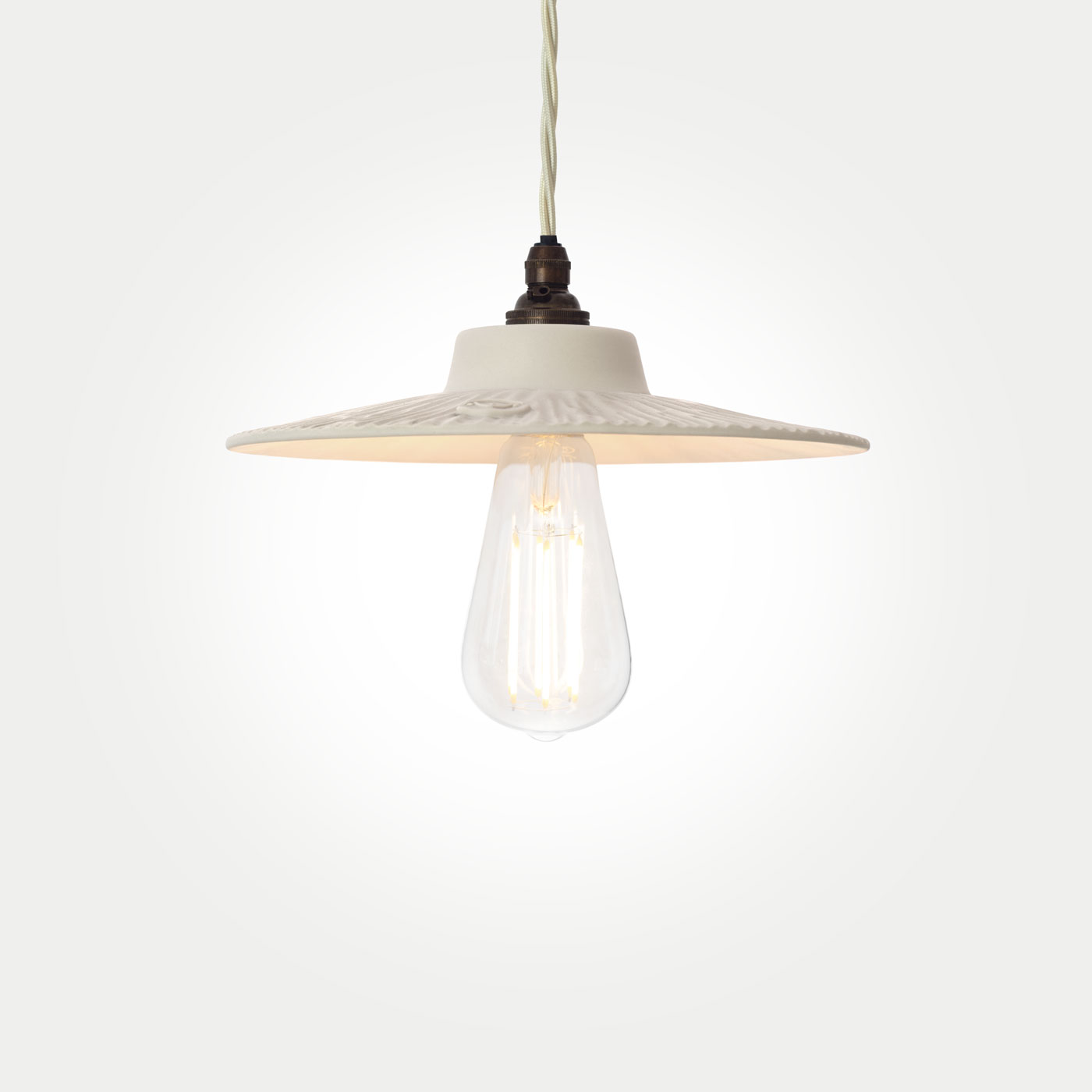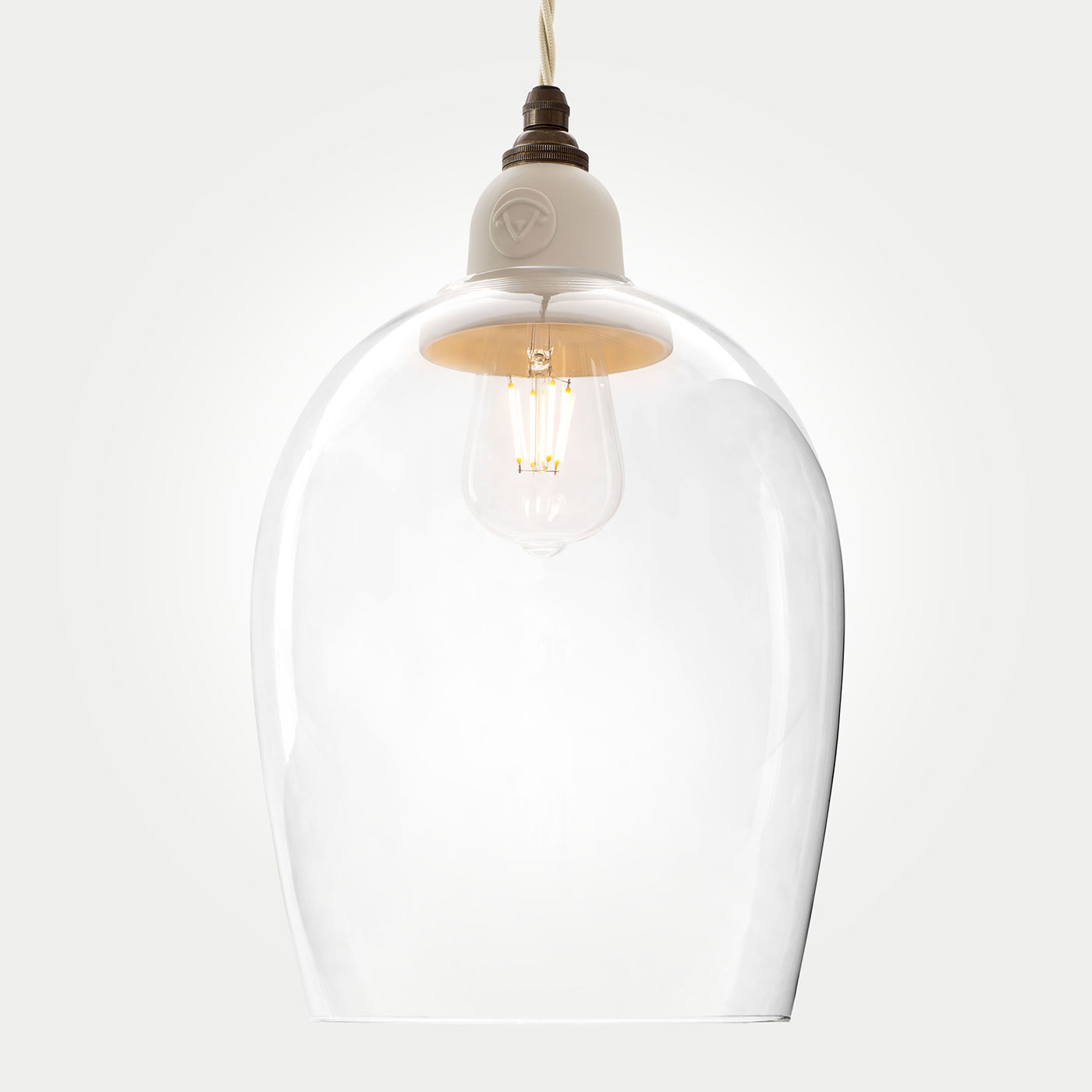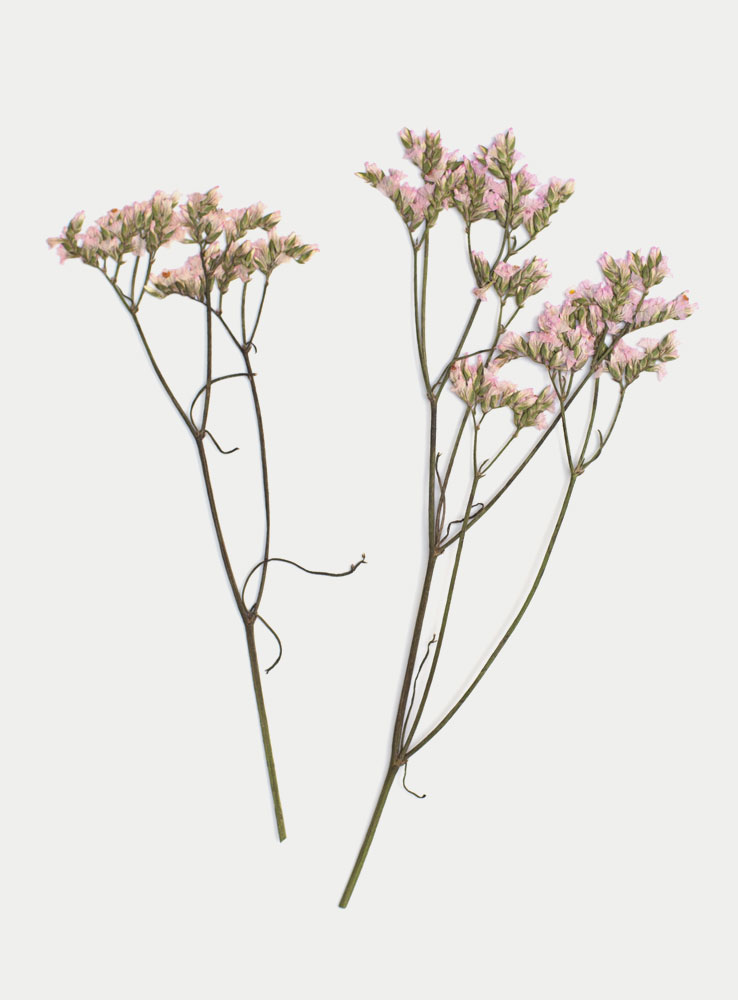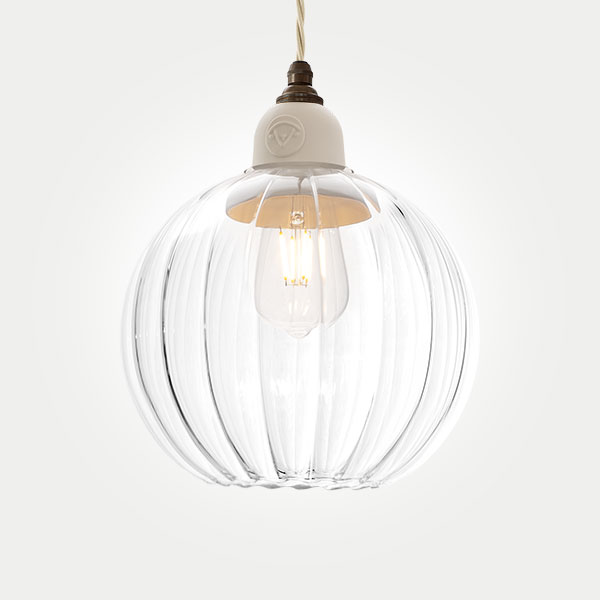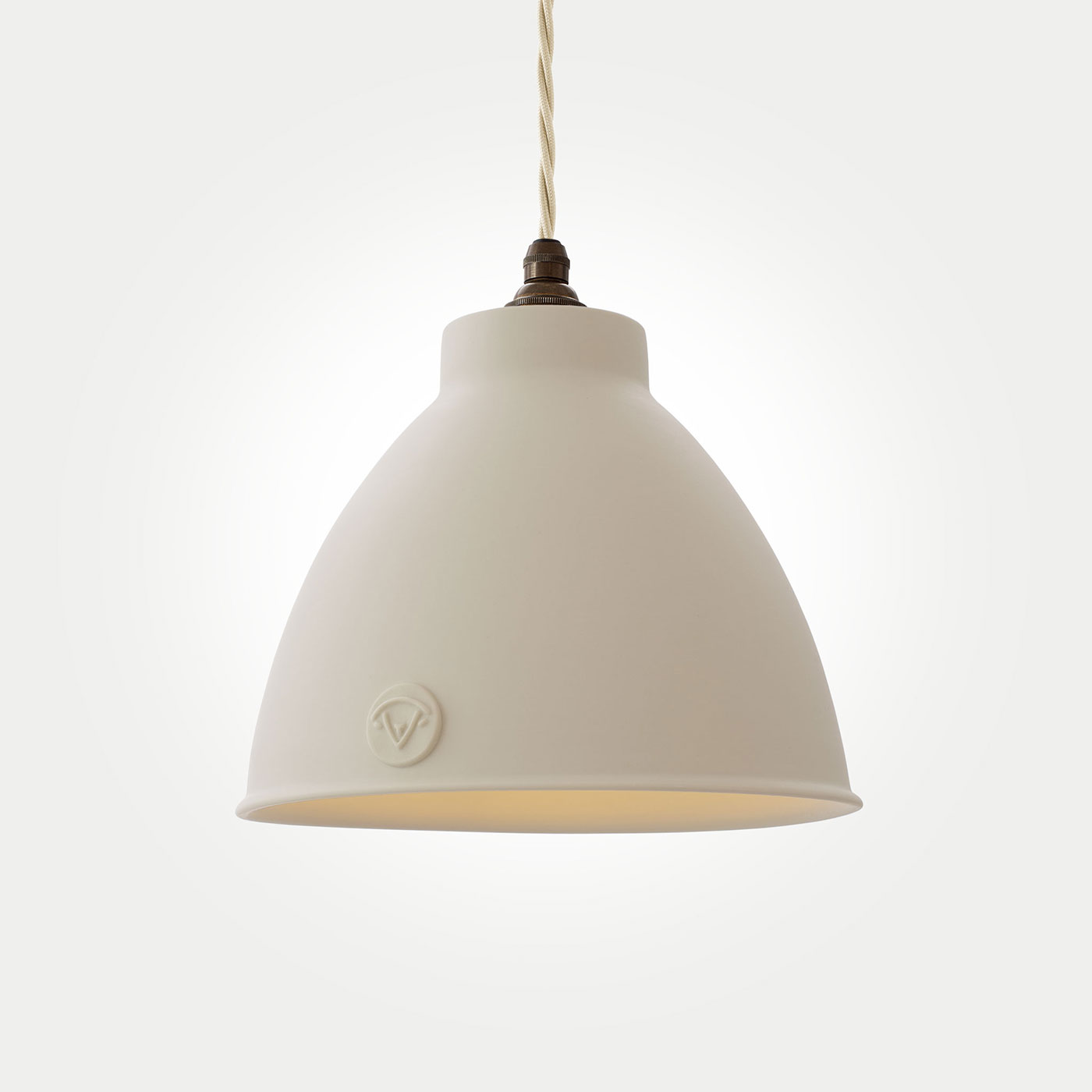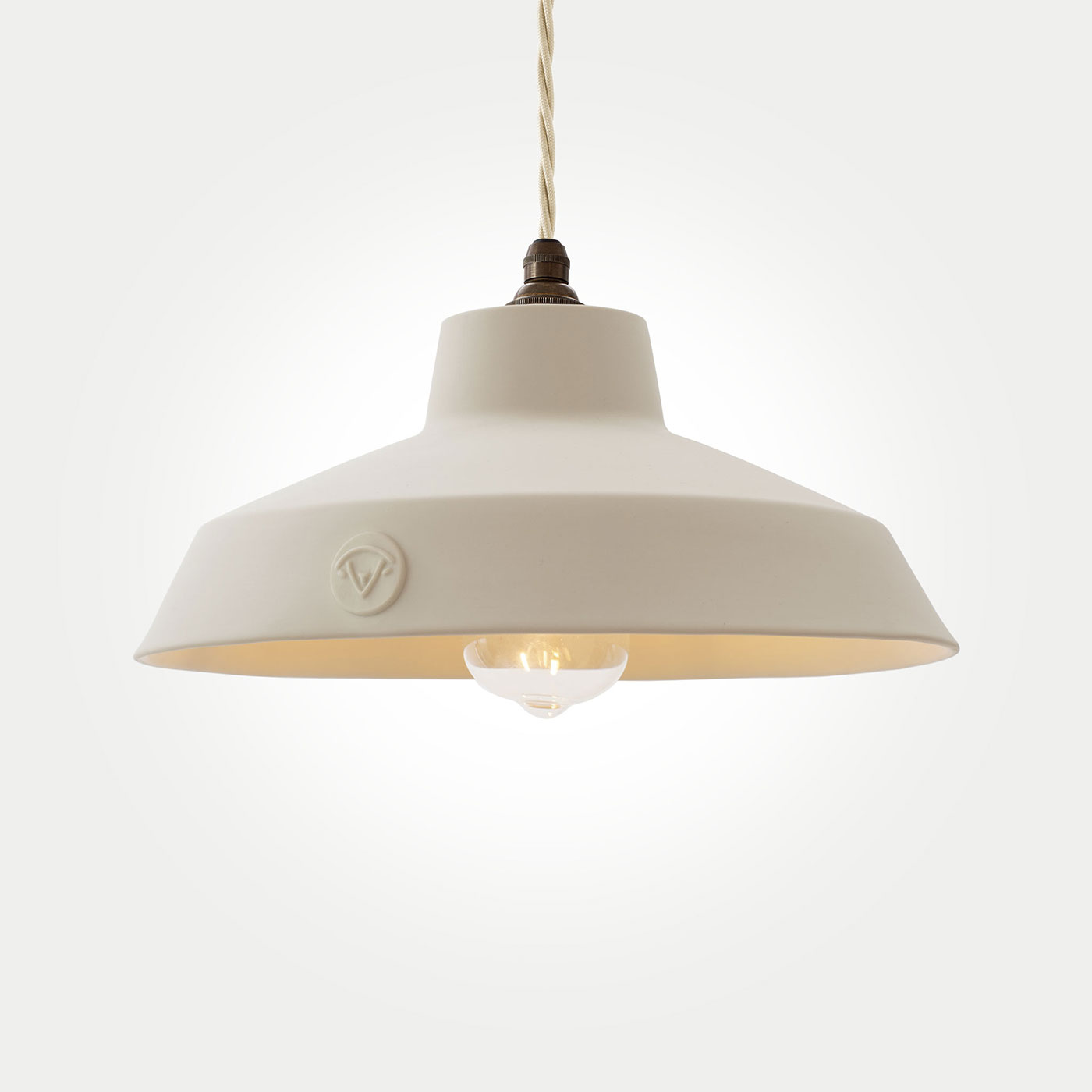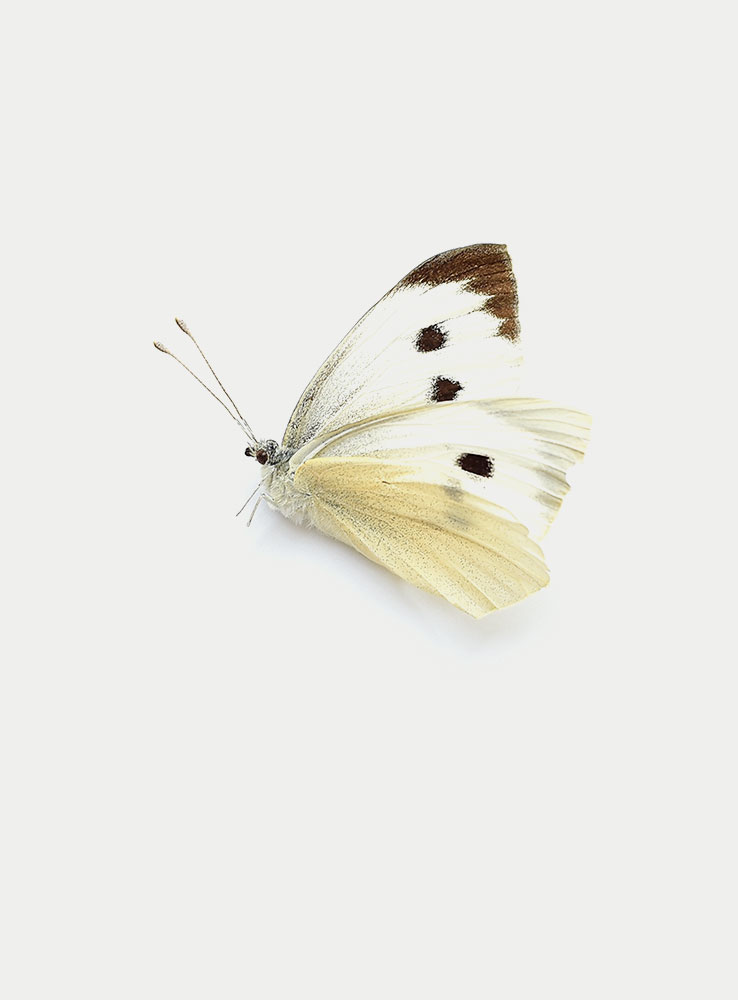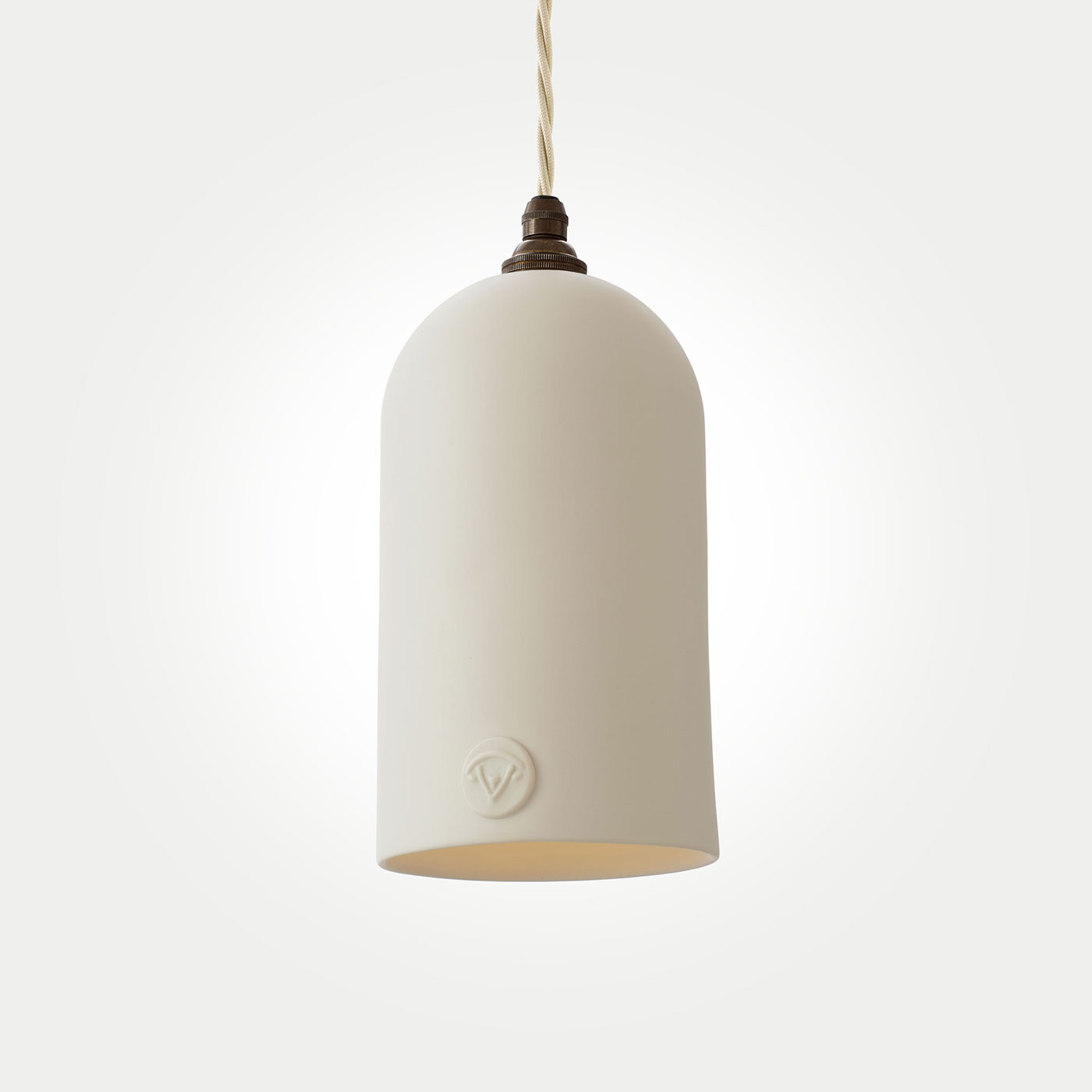Slow Design

Slow Living, Calmer Days
In today’s fast paced, modern, saturated world, the majority of us navigate our days at 100mph. School runs, commutes, work, running a household, trying to keep up with family and friends; the hectic merry-go-round of life forever keeps on turning. The concept of slow living can be applied to almost every area of day-to-day life, yet there is no universal definition for the term. Moreover, it would seem that we can use our own intuition to translate the notion and apply it to our own lifestyles.
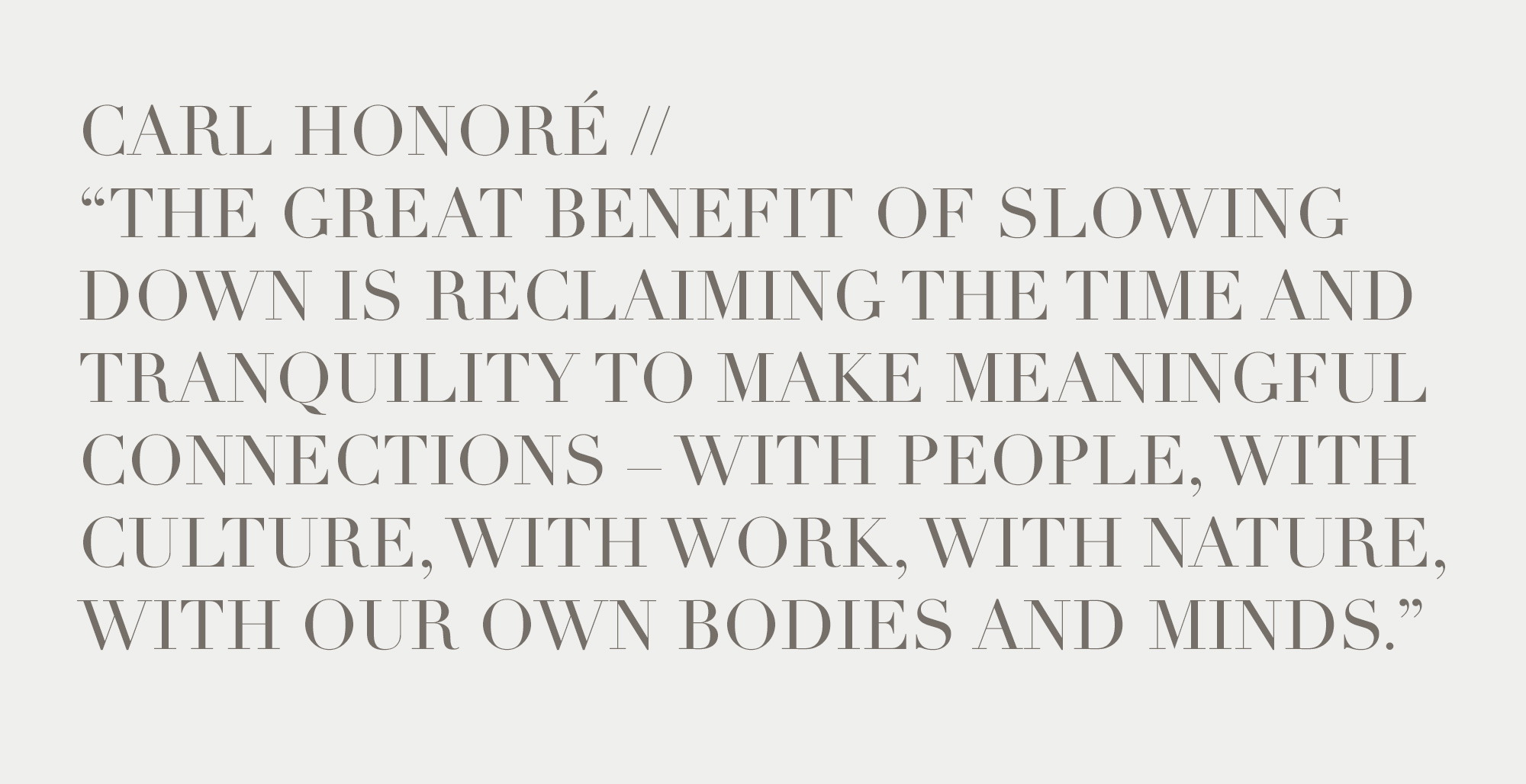
The Roots
The Slow Living movement itself originated with the Slow Food movement, which began in Italy in 1986. An Italian journalist, Carlo Petrini, joined a campaign to protest against the impending opening of the country’s first McDonalds, near to the iconic Spanish Steps in Rome. In an area famed for its authentic trattorias, traditional markets offering an array of fresh food, artisan cafes opening out on to the Piazza di Spagna – the decision to open a fast food restaurant was one that was met with anger and uproar. With the majority of protestors using signs as a way to voice their outrage, Petrini and his friends instead handed out bowls of fresh penne pasta to passers-by, with the words – “We don’t want fast food, we want slow food!” Petrini later spoke about the event – “After this incident, we resolved to create a movement to save traditional tastes and products all over the world. They are not only essential for the preservation of biodiversity on the planet, but also for our cultural patrimony and sense of identity.” (Carlo Petrini, United Nations University, 2014).
The Slow Food manifesto was launched in Paris three years after the protest, with an approach that champions good, clean, locally produced whole foods. It aims to bring about the awareness of a foods origin: “To counteract fast food and fast life, create interest around where the food we eat comes from, how it tastes and how food choices affect the rest of the world.” Today there are over 150,000 members of the movement in 160 countries. The Slow Living aesthetic is now prominent in a range of lifestyle genres – from fashion, to travel, design to interiors. It encourages us to be mindful about our choices: Creating a capsule wardrobe of quality fabrics that will last. Treating a trip to a new country not just as a holiday but as an education, making connections to local people and embracing their cultures. Less screen time, instead choosing to wind down with a book, or a past time such as drawing or baking. The way in which individuals can choose to adopt the Slow Living lifestyle will vary from one person to the next, because we are all unique with our own unique set of values. In The Kinfolk Home, Nathan Williams explains, “Slow living is less of a style and more of a deeply personal mentality.”
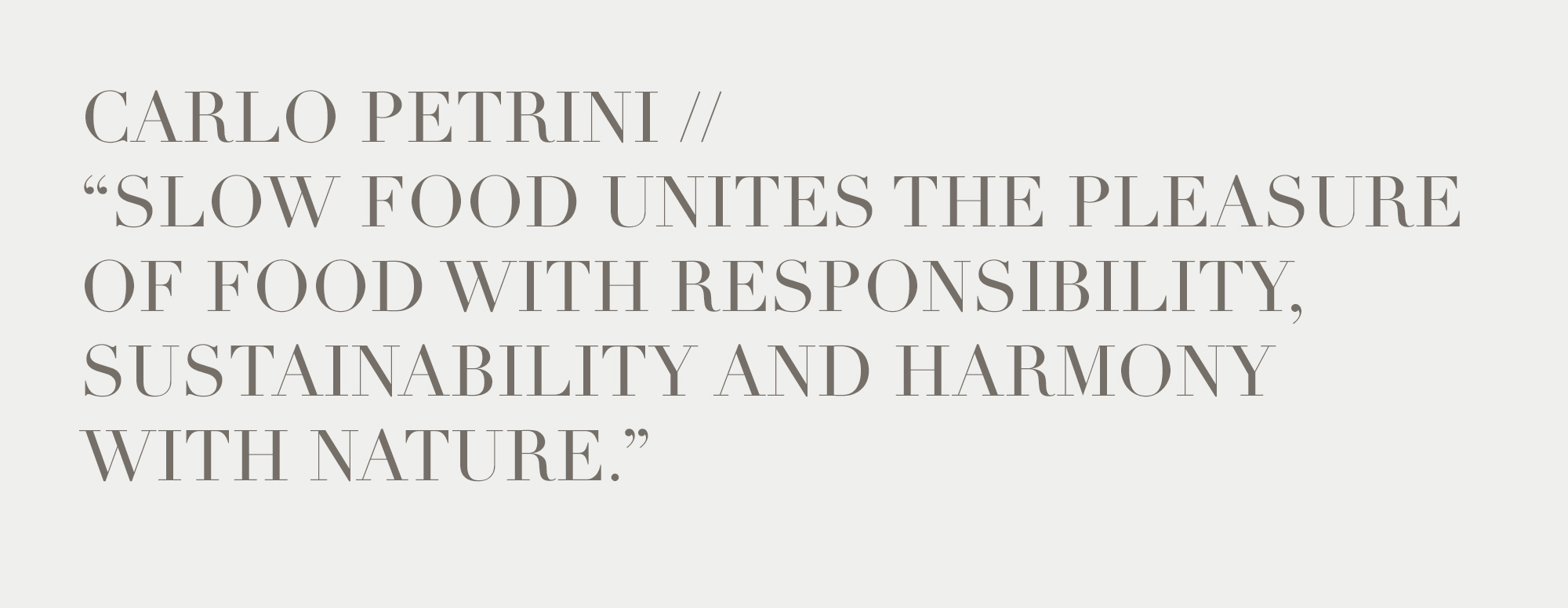
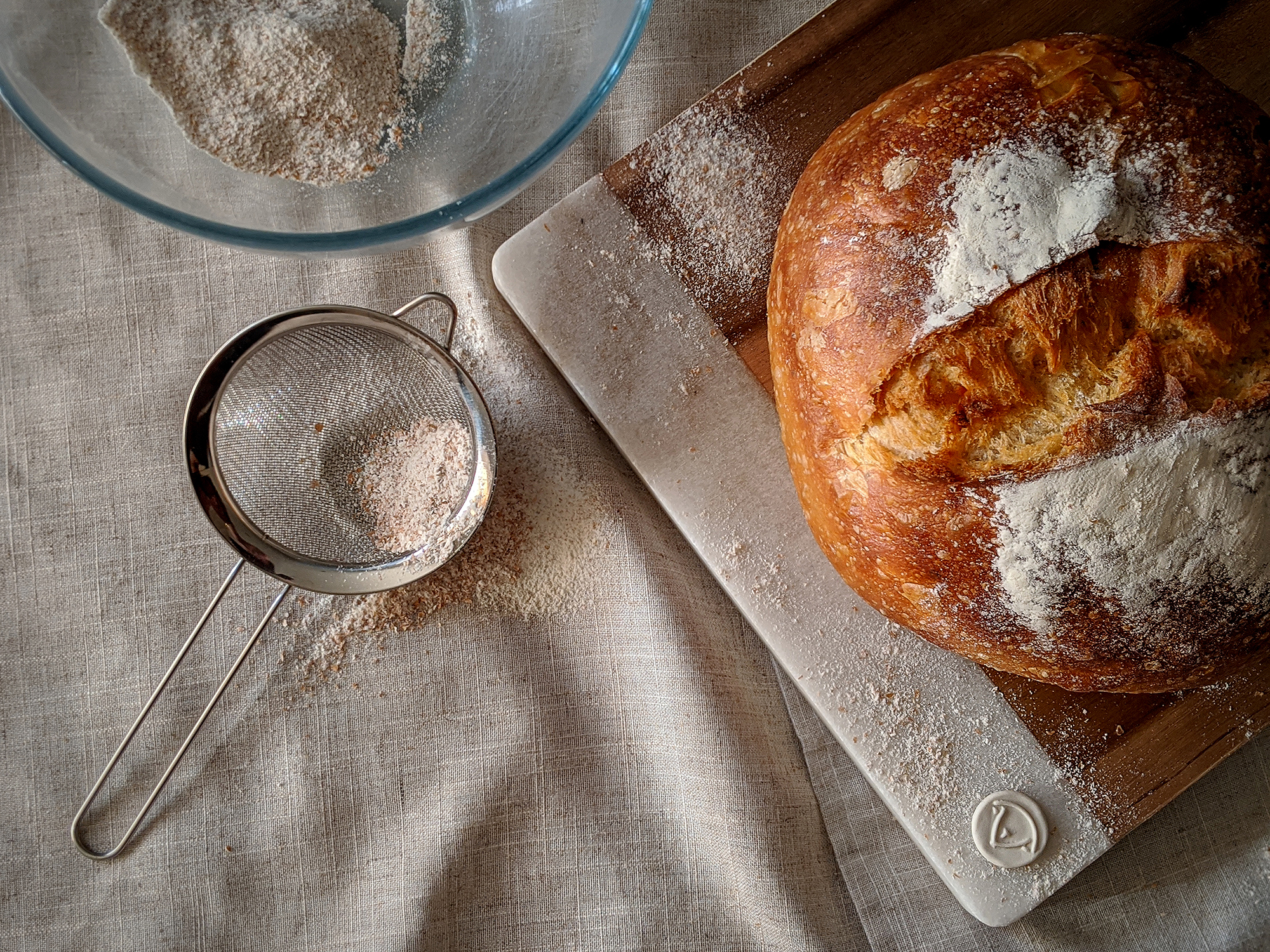
Slow Interiors
At Lam Lighting, we are huge advocates of Slow Interiors.
We are all highly stimulated in our day-to-day lives: driving cars, catching trains, making phone calls, writing emails. Our homes should serve as a sanctuary from the outside world, a place where we can close the door, let our shoulders drop and exhale. Somewhere to recharge our batteries.
The “slow” philosophy encourages us to streamline our homes, bringing to the forefront and preserving the items that really matter to us, ones that we take joy from. This could be a rustic chopping board, our grandmother’s vase, a beautifully handmade cushion, our children’s artwork. Again, each home will be unique and reflect the individuals who live there and some of us may wish to hold on to more items than others. Although there are no rules to abide by, one of the key notions is to pare back the non-essentials, re-adjusting our focus to what’s important to us.
“Slow living isn’t about determining how little we can live with – it’s about working out what we simply can’t live without”, explains Nathan Williams in The Kinfolk Home.

Conscious Choices
With the intention of streamlining our interiors, we can look to make more conscious choices about what we buy to fill our homes with. We can choose sustainable, natural materials that will age beautifully over time, adopting the biophilic philosophy that simply introducing natural materials to our homes can improve and enhance our mindfulness and well-being.
We can celebrate the perfect imperfections of handmade furniture, celebrating their artisan heritage rather than a perfectly polished, machine made item. Choosing a simple, minimal, timeless aesthetic can also ease the pressure of following trends and repeatedly replacing items. By being considerate in the purchases that we make, opting for more sustainable materials and ethically produced items, we can collectively make a positive difference in the environment around us.
All of our lighting is hand made from Limoges porcelain, which is a very long-lasting and sustainable material. A simple clay, taken directly from the ground and turned in to something beautiful and permanent. The porcelain will never tarnish, it does not age.
In a turn of serendipity, whilst working on this page we were contacted by one of our lovely customers who had just received her lights. Her kind words not only struck a chord with us but also perfectly illustrate the way in which making conscious choices for our homes can be hugely beneficial.
Transforming a house into a home takes time and care. Being mindful of buying anything too quickly and making sure to live and breathe in the space for a while will help you to make the best decisions and avoid any expensive interior regrets!
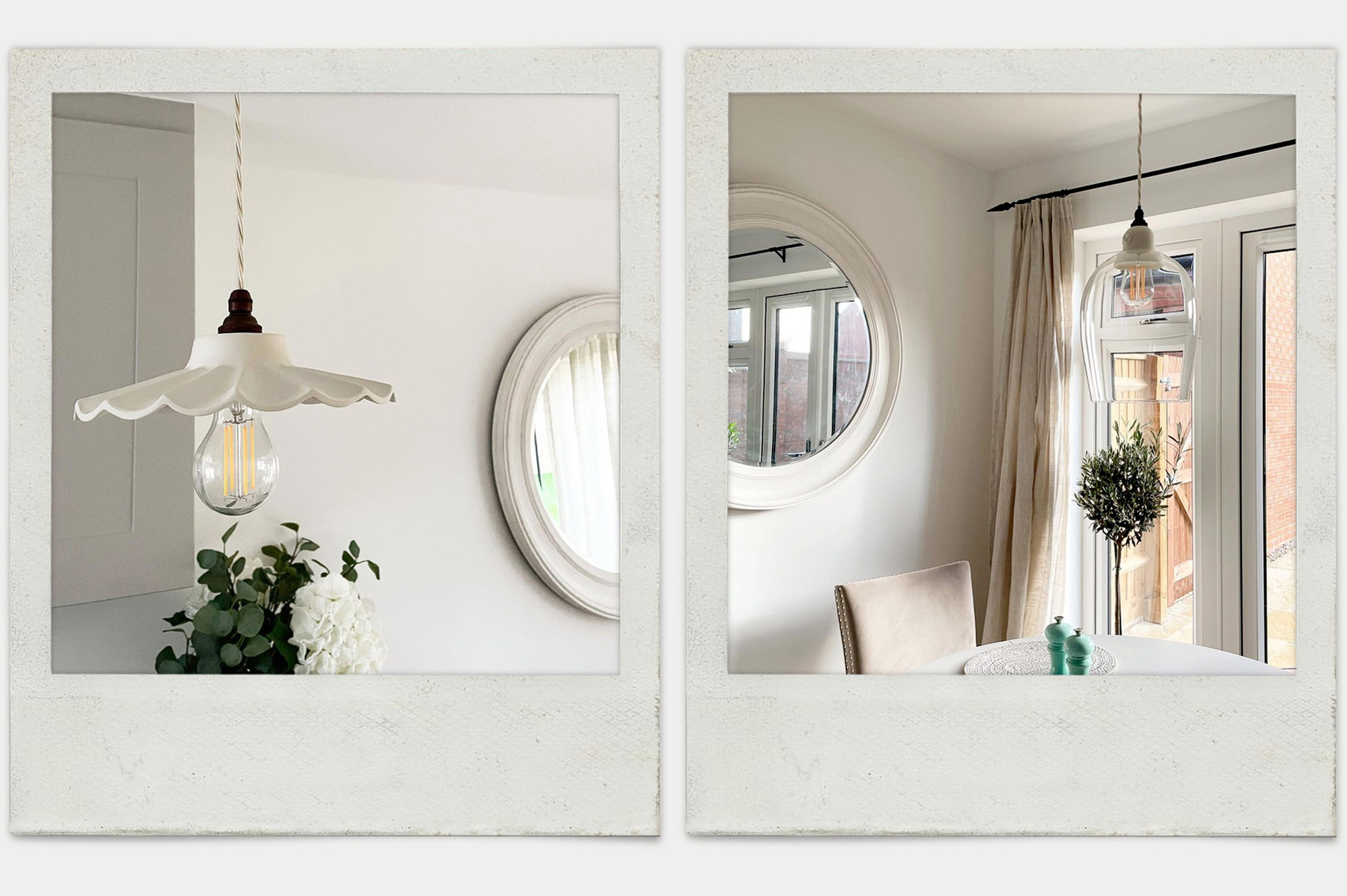
Nine Considered & Slow-Made Lights
See us On Instagram
A place of quiet thought, where we post everyday.

